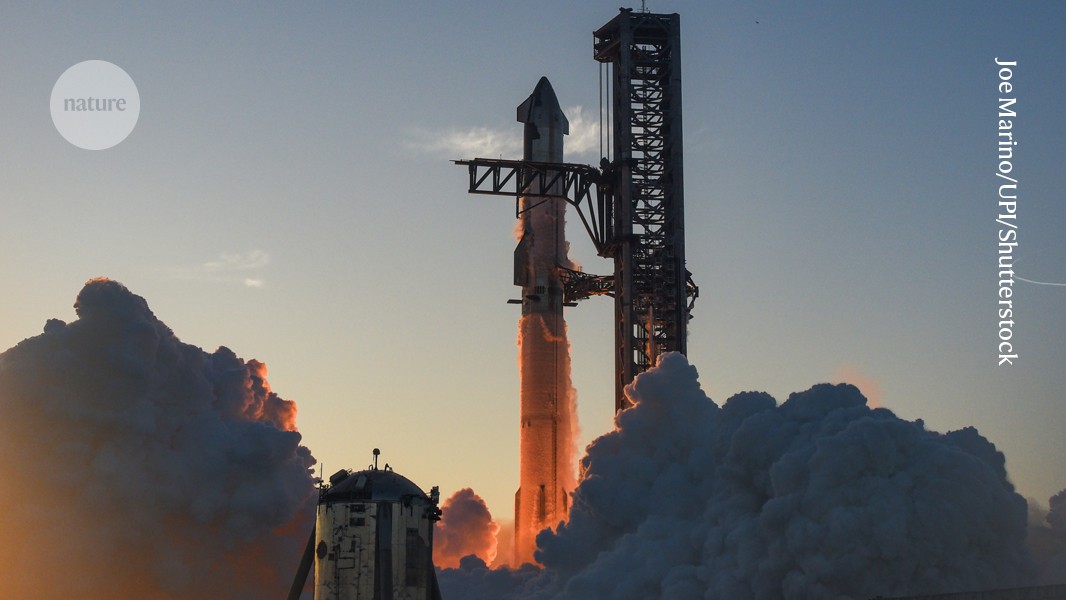Another one.
I mean I am not against rocket research, but isn’t there another way without destroying several millions worth if equipment?
This is *literally *the first one. There’s only been a single Starship explosion in the upper atmosphere.
And no, that leads to spending decades of time going down paths and intricately designing and simulating every possible detail of a system, only to build them, have something unexpected happen, and then realize that the team never considered X effect in Y, Z, etc conditions, and then have to spend years redesigning everything.
Design it, build it, test it, and get it immediate feedback on, and then redesign it. One way or another, it almost always has to go through that cycle, and it’s a lot cheaper to do it upfront.
There is. The SLS. That is much more economical, right?
Indeed. And Boeing is the main contractor for it so you can be sure it won’t suffer any mishaps.
This was last year during the first IFT.
I mean to be fair I think they are probably the first (and maybe still the only?) company that tries to build rockets that can landback and be reused.
There’s others that are trying, Blue Origin has their New Shepherd rocket that is able to land, but it’s a suborbital tourism vehicle that’s basically just a toy. They’re working on a partly-reusable orbital launcher that’s like a souped up Falcon 9 but it’s still in development. Several other smaller startups are working on smaller Falcon-9-like launchers with expendable second stages, and China is building a straight up carbon-copy of the Falcon 9 and Starship. But SpaceX is the leader in this field and currently the only one who’s actually successful. Everyone is following in their wake at the moment.
Click bait. From an article last year:
These effects may be troublesome, but they are short-lived; re-ionization occurs as soon as the sun comes up again.
https://earthsky.org/todays-image/spacex-launch-punches-a-hole-in-the-ionosphere-red-blob/
These effects may be troublesome, but they are short-lived; re-ionization occurs as soon as the sun comes up again.
The problem is when you’ve got enough short lived microsatellites and Starlink-like constellations and whatnot that you’ve practically got a whole Kessler’s syndrome of the damn things constantly burning up in whatever’s left of the ionosphere…
This is about rocket launches, not satellites.
This article seems to put the blame on the shockwave from Starship’s rapid unscheduled disassembly in the upper atmosphere (not its launch) but there’s also been recent warnings about the effects of metal particulates from such explosions, satellites burning in the atmosphere, and similar pollution on the ionosphere.
All in all, burning or blowing up metallic crap in the upper atmosphere seems to be quite a bad idea.
The article title is misleading, but the research is interesting. Essentially it’s saying that when the rocket self-destructed due to it performing off nominal (as the first test ever of this vehicle) it ionized a large swath of the ionosphere from Mexico to the SE US which can impact the accuracy of GPS for systems that require high precision. The ionosphere reionizes very quickly naturally though so the effects are short lived (hours to maybe a day) and the impact to navigation at least should be small because of how GNSS works with built in corrections for exactly these types of errors. It feels like Nature is stretching a bit with the doom and gloom headline that the authors don’t even point to in the article (though I have not read the paper to be fair).






